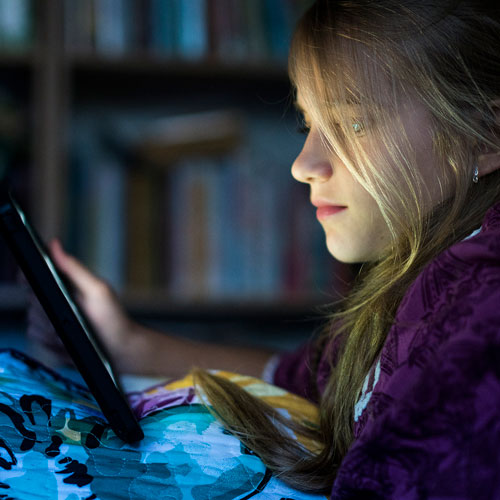Children in Myanmar, the poorest country in South-East Asia, face significant child protection issues, including trafficking and other forms of abuse and exploitation, ChildFund Australia CEO Nigel Spence said today.
While the vast majority of trafficking goes unreported, it is estimated that thousands of Myanmar children are trafficked each year, mainly to China, Thailand and more recently India, mostly for the purposes of forced marriage but also for labour, commercial sex work, domestic work and adoption. Available statistics show that 21 percent of those rescued in 2009 were children.
Child trafficking is a problem in many parts of South-East Asia and across the world. In fact, the number of child trafficking victims detected globally has risen from 20 percent (between 2003-2006) to 27 percent (between 2007 and 2010). In Myanmar, the problem is exacerbated by limited awareness of children’s rights, under-resourced child protection services and one of the highest poverty rates in Asia.
“For children in Myanmar, many of whom are out of school, many of whom are on the street and in other precarious situations, they are very easy targets to be trafficked out of the country,” Mr Spence recently told ABC’s The World program.
Mr Spence added: “In the face of these problems, Myanmar lacks an effective child protection system. Child protection laws exist, but are largely not enforced. There is also a lack of awarenesss about basic protections and safety for children within communities. So at every level, there’s a lack of safeguards for children.”
However, it’s not just trafficking that is a concern for children in Myanmar. ChildFund has also spoken with children and youth who told their stories of living on the streets from as young as five. These children described not only the dangers of street life but the reasons why they ran away from home, in many cases because their parents wanted them to drop out of school in order to work, or because of violence and abuse at home.
The theme of International Youth Day this year centres on Youth and Mental Health. It is a critically important angle as the mental health of children in developing countries is often overlooked. Yet we know that one in five young people globally experience some form of mental illness.
In aid and development programs, the focus has typically been on the physical needs of children – food, water, shelter – which, of course, are vital. But in countries where children experience extreme poverty, are exposed to multiple risks and where child protection systems are lacking, it is imperative that programs address both the physical and mental health needs of traumatised children and young people.
In a country like Myanmar, many children and youth remain vulnerable to abuse and exploitation. Limited awareness of children’s rights, compounded by one of the highest poverty rates in Asia, puts millions of children at risk of trafficking and other forms of violence, abuse and exploitation. While child protection laws exist, they are not widely implemented.
On a recent visit to the country, I spoke with children, teenagers and staff at a ChildFund-supported street children’s refuge in Sagaing Region. Around 50 children and youth live at the centre permanently, while another 200 come and go. Street children, who rely on begging, domestic work, prostitution and rubbish collecting to survive, are exposed to danger on a daily basis and are at high risk of being abused or trafficked. Children here told their stories of living on the streets from as young as five.
Without adequate mental health care and support, these children are more likely to grow up with significant emotional and psychological problems, and will find it difficult to function as parents, income-earners and members of their community. Yet I was pleased to see the care and support the children are receiving at the refuge is not only addressing their basic physical needs. There is also a significant focus on their emotional and psychological health through activities such as meditation workshops, art, music, counselling and team sports. These programs have been critical in helping young people at the centre restore trust, build confidence and regain hope for the future after a life of abuse and exploitation at home and on the streets.








